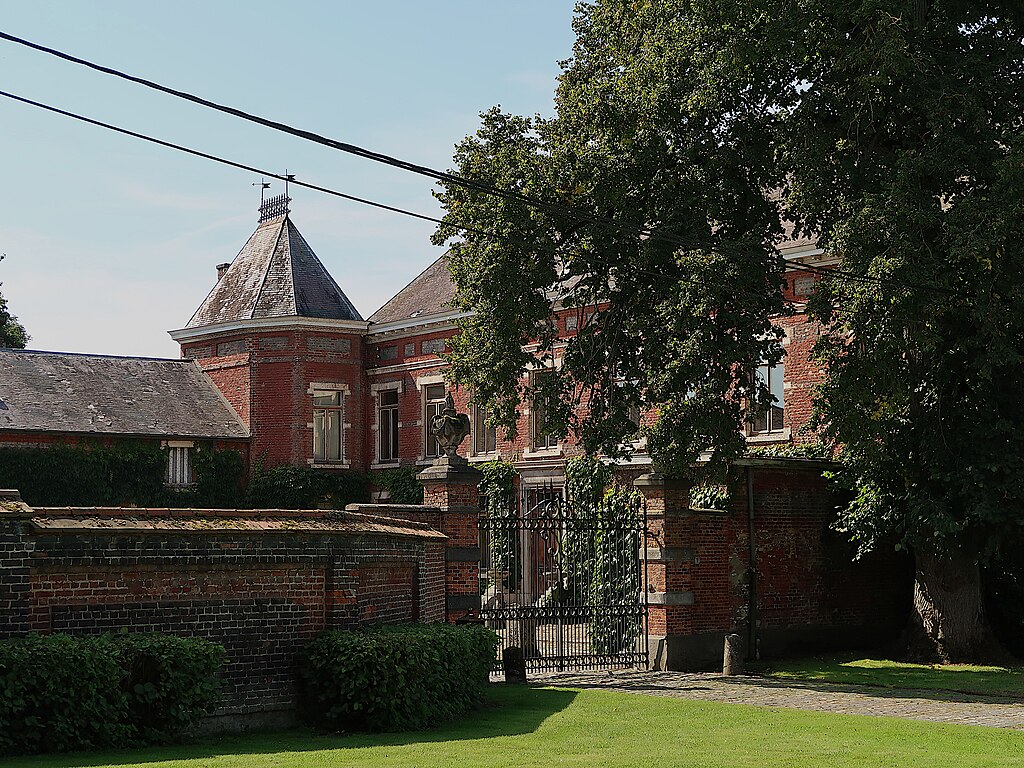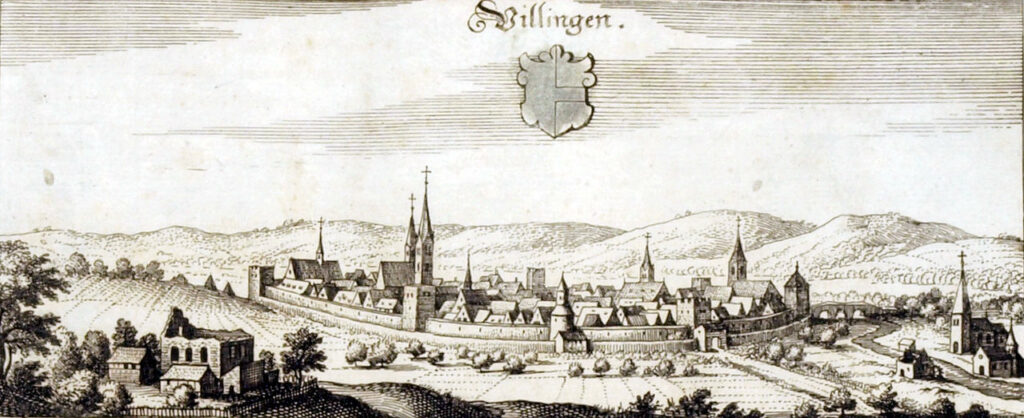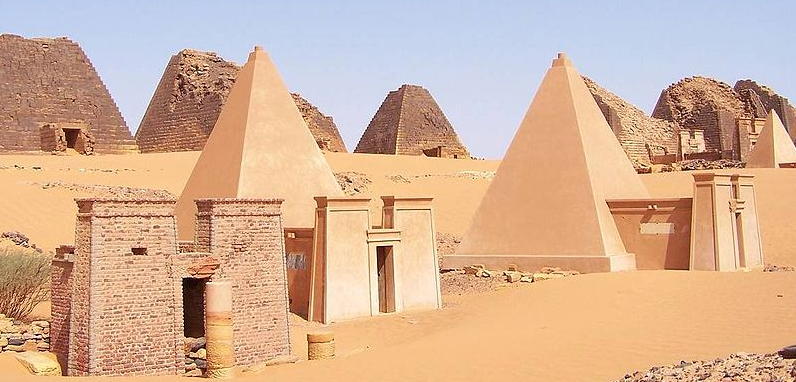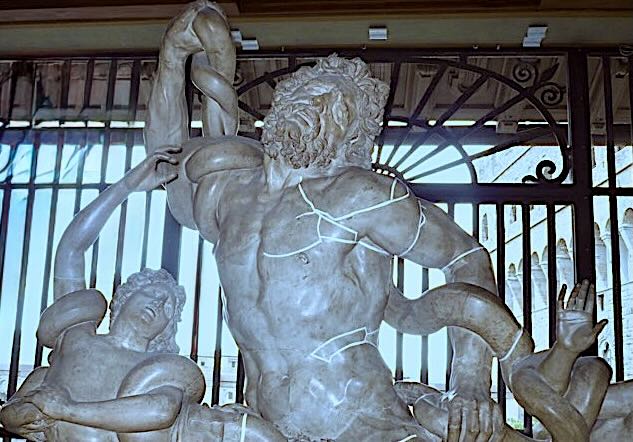Is Cultural Heritage Compatible with Coffee Machines? The Delft Case study
The combination of a coffee machine and a broken water pipe probably led to the destruction of the TU Delft faculty of Architecture, containing one of the world’s finest architectural libraries and a collection of furniture models by Rietveld, Le Corbusier, Adolf Loos and other architects.
The fire on May 13, 2008 began in the early morning hours. The exact cause of the fire is still unknown, but it is believed to have been caused by an electrical fault or a short circuit or when a water leak caused a coffee vending machine, located at the 6th floor of the southwest wing.
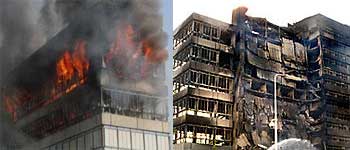
The building did not have fire sprinklers, but firewalls divided it into three compartments. Such walls revealed to be not effective in confining the fire to the compartment of origin. All building occupants were evacuated safely, but the fire spread has severely impacted firefighting operations. As a consequence, the fire has burnt uncontrolled for hours, causing the structural collapse of an important section of the building. In fact, the northwest wing collapsed at 4:40 pm (some 7.5 hours after the first flames were observed). The damages revealed to be so severe the building had to be demolished.

Luckily firefighters were able to save historic models and books from the library but the building itself was lost with its content, a loss for culture and heritage anyway.
University of Texas at Austin publieshed an interesting thesis by Dr Adam Jess Kirk, concerning the analysis of the building and the fire, together with an overview of available methods for calculating the ultimate strength of reinforced concrete members at elevated temperatures. The document also developed and applied to selected structural elements a preliminary models of the fire.
